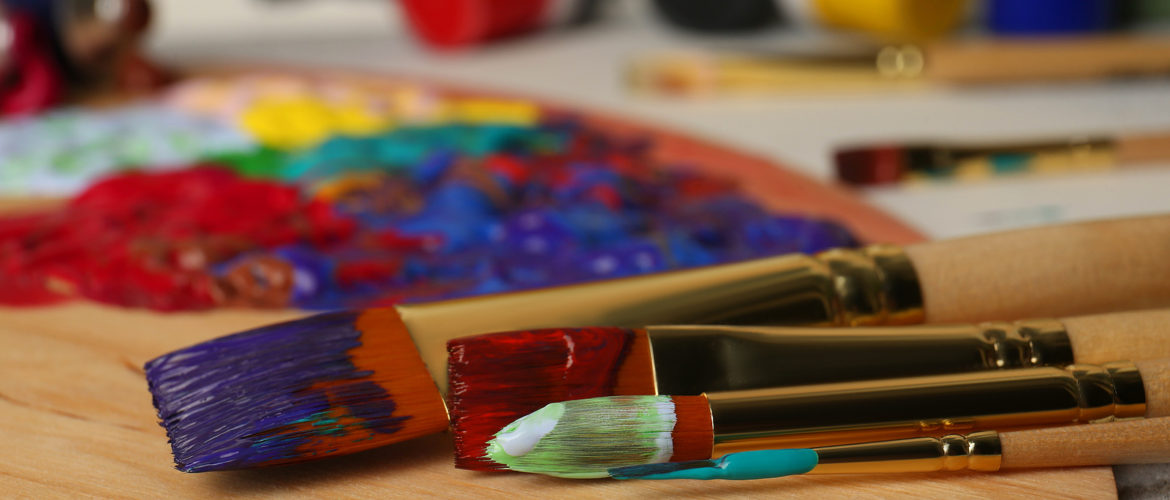If Art Could Kill: Top Three Famously Toxic Art Materials

We have all heard horror stories about people routinely doing things that could potentially kill them, from poisonous minerals used for cosmetic purposes to taking hard narcotics to treat a common cold. Some of these stories are exaggerated, some are true. Today, we have proof that even famous painters did some pretty questionable things health-wise back in the day. Usage of toxic art materials is definitely on that list, so let’s investigate which ones our beloved artists might have used and what health complications it could have resulted in.
If Art Could Kill: Top Three Famously Toxic Art Materials
Lead
Because of the opacity different kinds of lead naturally possess, pigments based on this heavy metal were very popular. Van Gogh is said to have frequently used them when painting, and historians theorize that some of the symptoms he experienced (for example, seizures) were results of intoxication. They also say that the Italian painter Caravaggio had aggressive tendencies that were worsened by extensive exposure to lead-based pigments. While it was already suspected that lead could be a cause of illnesses in the middle of the 19th century, it was still not banned for decades.
Uranium
Anyone who has attended half a class in Chemistry at least once in their life knows that uranium is extremely radioactive. However, this knowledge was not accessible to people in the past. Uranium has been found in pottery dating back to thousands of years ago. During the 20th century, women who painted American military vehicles unknowingly ingested this radioactive metal by putting brushes covered in Uranium Yellow in their mouths to make them more pointy. Today, uranium-based art materials and tools are banned.
Arsenic
Pigments like Scheele’s Green contained arsenic, another highly toxic mineral that was used for its color-brightening characteristics. It was present almost everywhere in the 19th century, especially in wallpaper dye. This lethal beauty was also apparently Napoleon Bonaparte’s favorite color and, tragically enough, the cause of his death. Arsenic that was most likely released by the molding wallpaper in his home on St. Helena could have caused his already decaying health to get worse.
While a lot of toxic art materials are banned today, some of the paints used by contemporary artists also contain heavy metals that can be poisonous and deadly if ingested, inhaled, or when absorbed by the skin. While there are non-toxic alternatives to everything today, we suggest that you pick your painting supplies with caution. And no matter how beautiful your fruit still life piece looks, remember that it is not edible.
